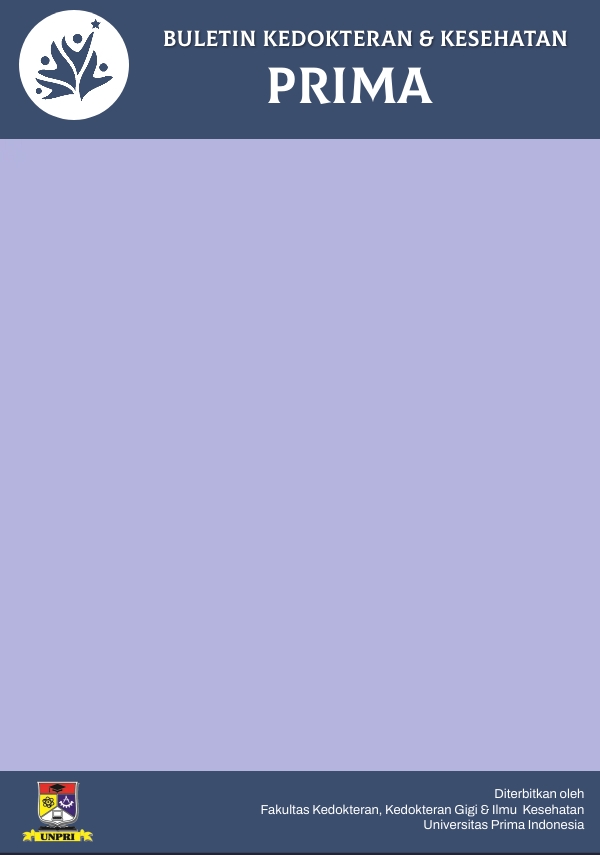Abstract
Background: Diarrhoea remains a significant health concern among school-aged children, with snacking habits playing a potential role in its occurrence. Aim: This study aimed to examine the relationship between snacking habits (frequency, type, and consumption practices) and the incidence of diarrhoea among primary school students at SDN 060834 Medan Petisah. Methods: A cross-sectional study was conducted with 56 students in grades IV–VI. Data were collected using a structured questionnaire assessing snacking habits and diarrhoea incidence. Statistical analysis employed chi-square tests to determine associations. Results: The majority of respondents (60.7%) reported frequent snacking, with 58.9% exhibiting healthy snacking practices. No significant association was found between the frequency (p=0.549) or type (p=0.122) of snacks consumed and diarrhoea. However, unhealthy snacking practices showed a significant association with diarrhoea incidence (p=0.001), with 64.3% of students engaging in unhealthy practices experiencing diarrhoea. Conclusion: Unhealthy snacking practices significantly increase the risk of diarrhoea among schoolchildren. Interventions promoting hygienic and nutritious snacking habits are essential to reduce diarrhoea prevalence in this population.

This work is licensed under a Creative Commons Attribution-NonCommercial 4.0 International License.
Copyright (c) 2025 Lestin Gea, Hartono Hartono, Rapael Ginting
